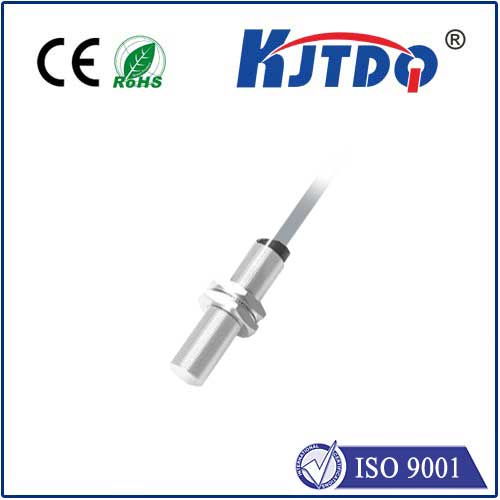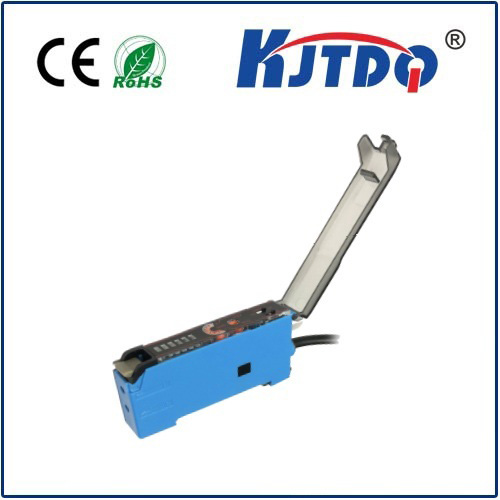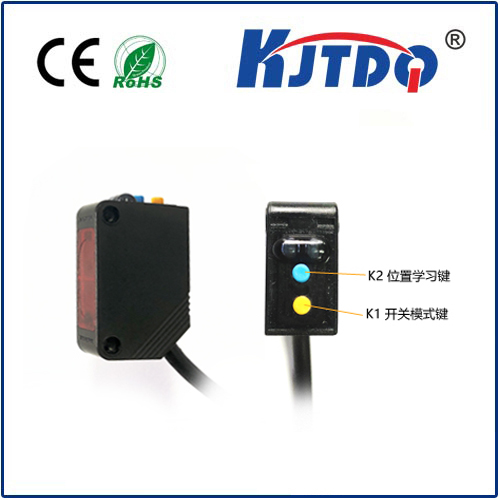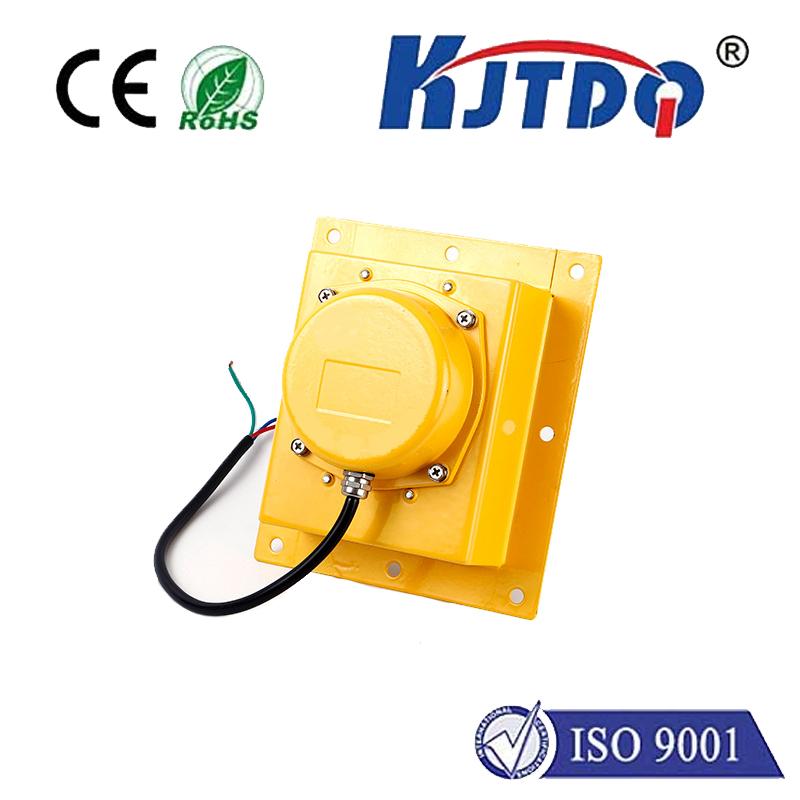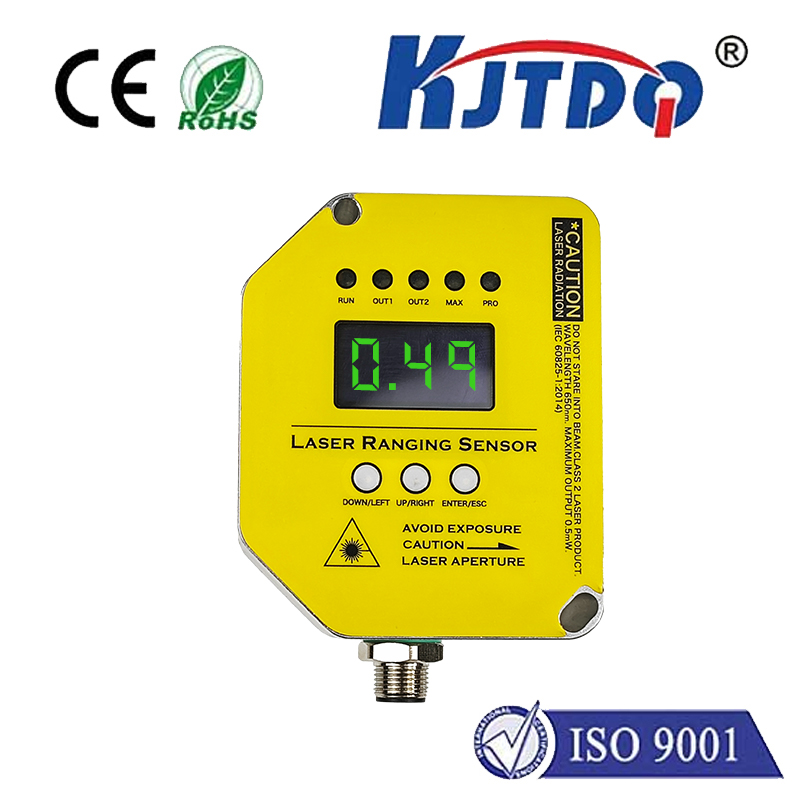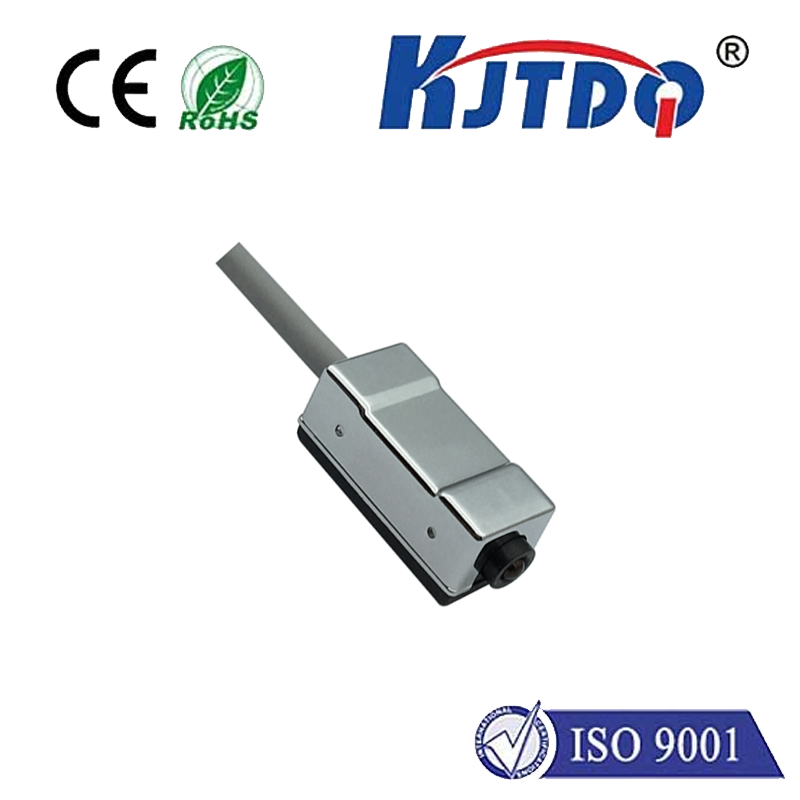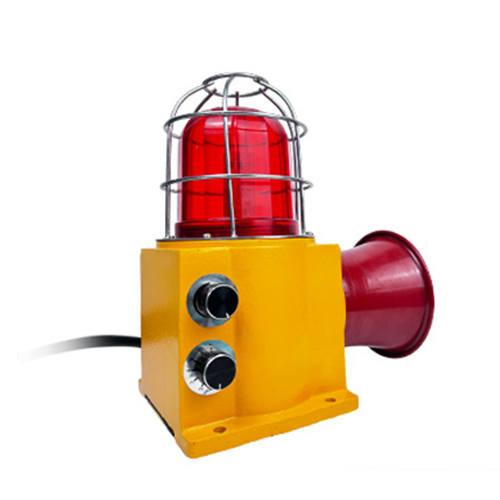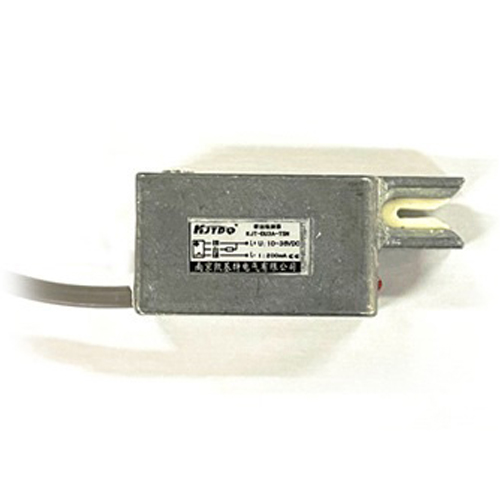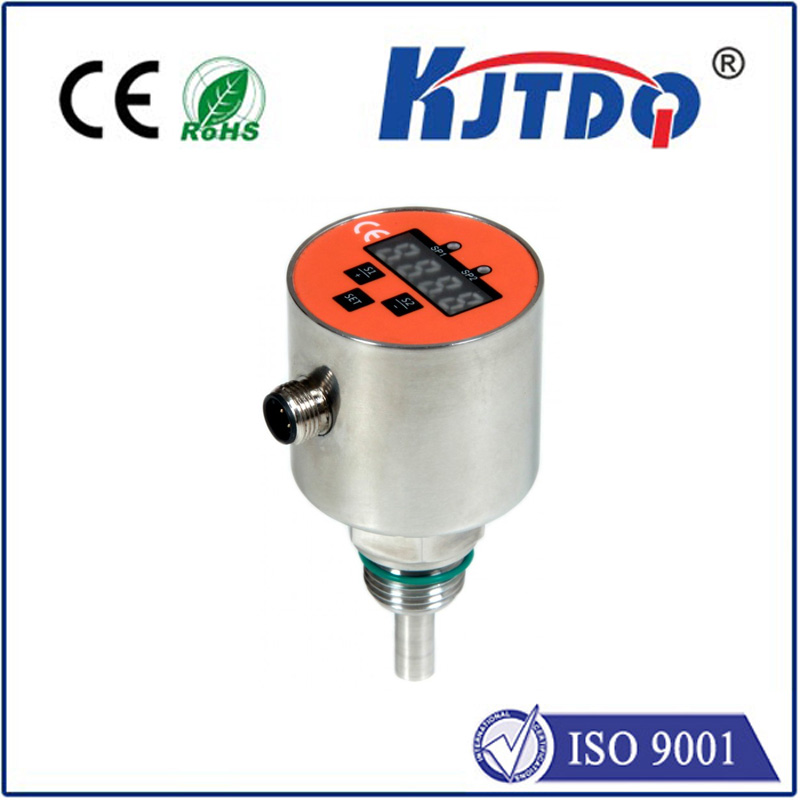

check

check

check

check

check

check

check

check

check

check
Understanding Limit Switches and Their Temperature Range
Limit switches are essential components in various industrial applications, particularly in automation and control systems. They play a crucial role in ensuring the safety and efficiency of processes by detecting the presence or absence of an object or monitoring the position of a mechanism. One critical aspect of limit switches is their temperature range, which determines their functionality and reliability in different operating conditions. In this article, we will delve into the importance of limit switches and their temperature range, explaining how they work and discussing their application.
What Are Limit Switches?
Limit switches are electromechanical devices that consist of an actuator, a housing, and an electrical contact system. They are designed to detect physical movement or changes in position within a specific range. When triggered by an object's movement or the attainment of a predefined position, the limit switch activates or deactivates an electrical circuit, sending signals to control systems or other machinery. This feature makes limit switches ideal for use in assembly lines, conveyor systems, machine tools, and other automated processes where precise control over mechanisms is necessary.
Temperature Range Considerations
The temperature range of a limit switch refers to the minimum and maximum temperatures at which it can operate effectively without losing functionality or sustaining damage. Manufacturers typically specify the temperature range for each model, allowing users to select the appropriate switch for their environment. Factors such as material properties, electrical contacts, and sealing methods contribute to a limit switch's ability to withstand extreme temperatures.

Why Is Temperature Range Important?
The temperature range is crucial because it affects the limit switch's performance and longevity. If a switch is exposed to temperatures outside its specified range, it may fail to operate correctly or suffer damage, leading to malfunctions or even dangerous situations in some cases. For instance, if a limit switch used in a freezer fails due to low-temperature exposure, it could cause the freezing process to halt unexpectedly, resulting in spoiled products and financial losses.
Applications Based on Temperature Range
Different industries require limit switches with varying temperature ranges depending on their operating conditions. For example, food processing facilities might need limit switches capable of functioning at sub-zero temperatures, while foundries and metalworking shops would require switches that can withstand high temperatures. Some common applications include:
* Refrigeration and Cold Storage: Limit switches suitable for sub-zero temperatures are necessary for monitoring door positions, alarm systems, and controlling cooling cycles.
* Automotive Manufacturing: High-temperature resistant limit switches are often used in painting ovens and drying processes where elevated temperatures are present.
* Plastics Molding: In injection molding machines, limit switches must endure hot environments without losing accuracy or durability.
* Hazardous Material Handling: In industries dealing with chemicals or hazardous materials, limit switches must comply with specific safety standards and operate reliably under potential temperature extremes.
Choosing the Right Limit Switch
Selecting a limit switch requires careful consideration of not only the temperature range but also factors like switching capacity, actuator style, and mounting options. It is essential to consult the manufacturer's specifications and choose a switch designed for the intended environment. Additionally, installation should follow best practices to ensure proper operation and maintenance should be performed regularly to extend the lifespan of the switch.
In conclusion, understanding limit switches and their temperature ranges is vital for ensuring reliable operation in various industrial settings. By considering the specific requirements of your application regarding temperature extremes and selecting an appropriate limit switch, you can enhance the safety and efficiency of your processes while minimizing downtime and costs associated with equipment failure or replacement.
